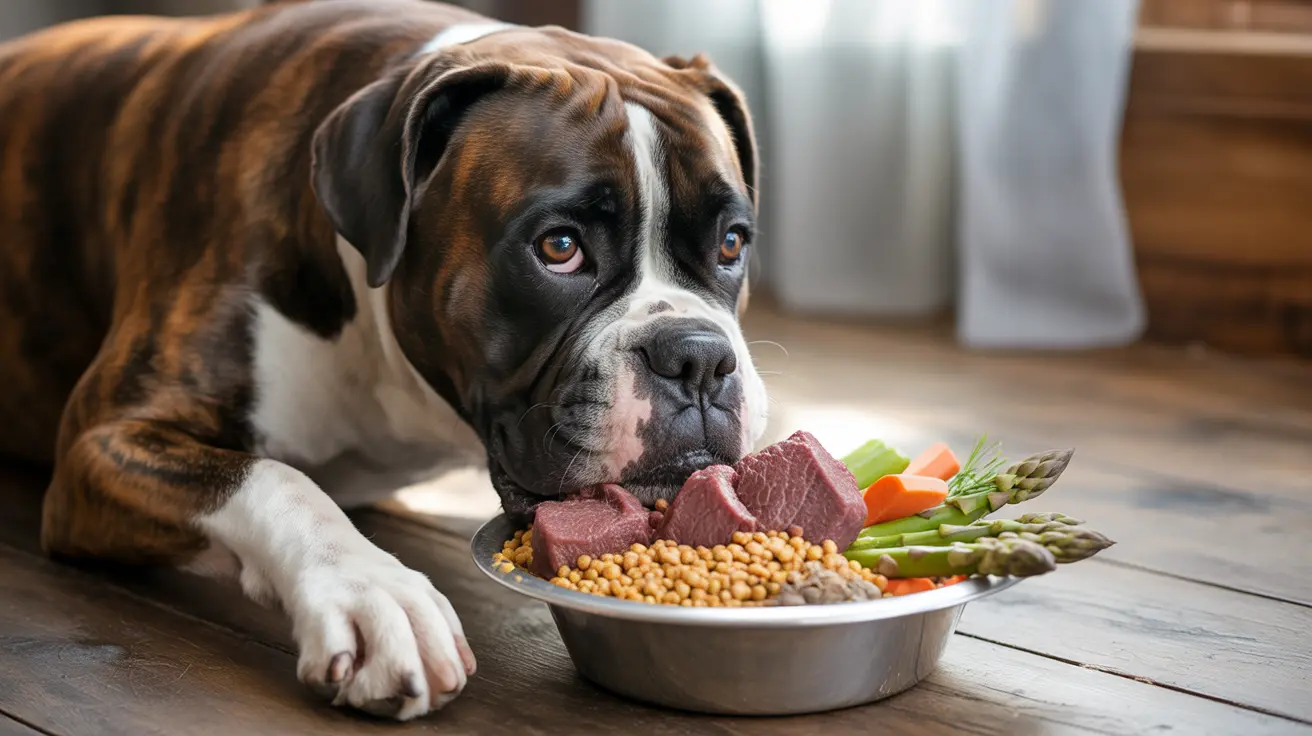Corneal dystrophy in cats is a complex inherited condition that affects the cornea, the transparent front surface of the eye. This progressive condition can significantly impact your cat's vision and comfort, making it crucial for pet owners to understand its various manifestations and available treatment options.
As a hereditary condition, corneal dystrophy typically affects both eyes symmetrically and can develop at different stages of a cat's life. Understanding this condition is essential for early detection and proper management to ensure the best possible outcome for affected cats.
Types of Corneal Dystrophy and Their Characteristics
Stromal Corneal Dystrophy
This common form affects the middle layer of the cornea, characterized by white, gray, or silver rings that can appear in various shapes. These deposits typically develop gradually and may not immediately impact vision. Most cats with stromal dystrophy maintain good comfort levels as inflammation is usually minimal.
Epithelial Corneal Dystrophy
Affecting the outermost corneal layer, this type typically manifests between four months and one year of age. Cats may develop visible gray or white opacities on the cornea's surface, potentially leading to corneal ulcers or fluid blisters that can cause discomfort.
Endothelial Corneal Dystrophy
This form impacts the innermost corneal layer and often appears in young kittens. It can cause significant corneal swelling and vision problems due to fluid accumulation, potentially leading to more severe complications.
Recognizing the Signs and Symptoms
Early detection of corneal dystrophy relies on recognizing key symptoms:
- Cloudy or opaque areas in one or both eyes
- Bluish-white or crystalline appearances on the cornea
- Changes in vision or behavior indicating visual impairment
- Signs of discomfort, particularly if ulcers develop
- Progressive vision changes over time
Diagnosis and Treatment Approaches
Veterinary ophthalmologists use various diagnostic tools to confirm corneal dystrophy and determine its type:
- Fluorescein staining to check for corneal ulcers
- Slit-lamp examination to assess corneal layers
- Blood tests to rule out underlying conditions
- Microscopic examination of corneal cells
Treatment Options
Treatment varies based on the type and severity of the condition:
- Medical management with eye drops and medications
- Surgical intervention for severe cases
- Pain management when necessary
- Preventive measures to avoid complications
- Regular monitoring and follow-up care
Living with Corneal Dystrophy: Management and Care
Successfully managing corneal dystrophy requires a comprehensive approach:
- Regular veterinary check-ups
- Careful monitoring of symptoms
- Proper administration of prescribed medications
- Environmental modifications to ensure safety
- Dietary adjustments when recommended
Frequently Asked Questions
What are the common symptoms of corneal dystrophy in cats, and how can I identify them?
Common symptoms include cloudy or opaque areas in the eyes, changes in eye appearance, and potential vision changes. You may notice your cat becoming more cautious or showing signs of discomfort. Early symptoms often appear as grayish-white spots or rings on the cornea.
How is corneal dystrophy diagnosed in cats, and what tests are typically involved?
Diagnosis involves a comprehensive eye examination by a veterinary ophthalmologist, including fluorescein staining, slit-lamp examination, and possibly microscopic evaluation of corneal cells. Blood tests may be performed to rule out other conditions.
What are the different types of corneal dystrophy in cats, and how do they affect vision?
There are three main types: stromal, epithelial, and endothelial dystrophy. Each affects different corneal layers and can impact vision differently, from mild cloudiness to significant vision impairment.
What treatment options are available for corneal dystrophy in cats, and when might surgery be necessary?
Treatment options range from medical management with eye drops to surgical intervention. Surgery becomes necessary when there are severe complications like deep ulcers or significant vision impairment.
Can diet influence the progression of corneal dystrophy in cats, and what dietary changes might be beneficial?
While diet doesn't directly cure corneal dystrophy, a low-fat diet may help manage cases related to lipid metabolism. Any dietary changes should be discussed with your veterinarian for personalized recommendations.






